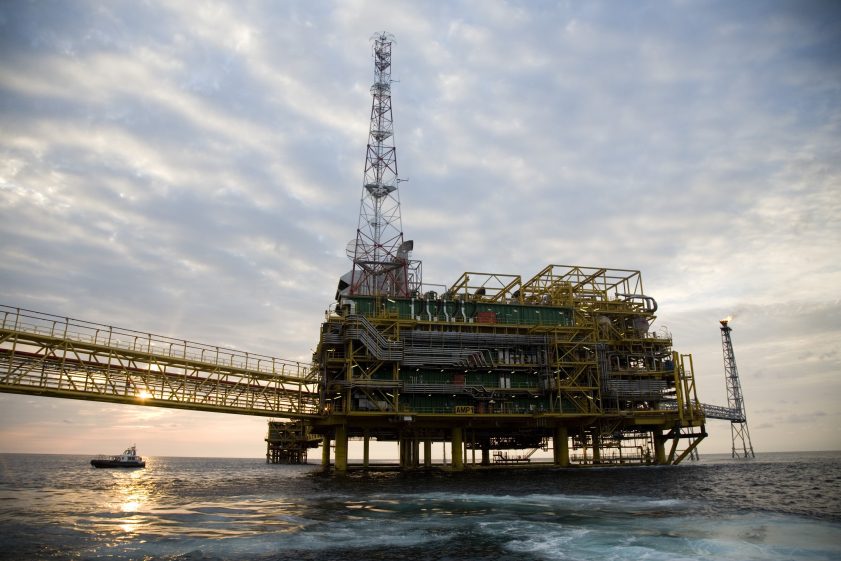Oil’s importance continues to be seen as it remains a leading sector in terms of future investment prospects in Latin America and the Caribbean, notwithstanding the worldwide push for renewables. This point was underscored in a recent report by the United Nations Economic Commission for Latin America and the Caribbean (ECLAC).
“Despite international efforts to decarbonise the sector, it is projected that non-renewables will continue to be a significant source of energy in the coming decades, mainly because of their importance for energy security; and firms are likely to continue to invest in the exploration, refining and commercial exploitation of hydrocarbons,” the report outlined.
Renewable energies in the Region have received substantial investment in recent years but its oil, natural gas, and coal sectors continue to receive significant amounts of foreign direct investment (FDI). ECLAC pointed out that both conventional and unconventional hydrocarbon deposits have been discovered in the Region, like Guyana’s Stabroek Block, Brazil’s Pre-Salt, and the Vaca Muerta oil shale deposits in Argentina – representing a major source of capital inflows and stimulus for the recovery of economic activity.
Oil is just a ‘means to an end’ in Guyana’s story – Ali | OilNOW
In Guyana, FDI inflows driven by the hydrocarbons sector grew by 116% in 2021 relative to the previous year’s level, representing 65% of gross domestic product (GDP).
ECLAC noted too that the importance of petroleum assets in the region has also generated a substantial volume of cross-border mergers and acquisitions (M&A).
“In 2022, the oil, natural gas and coal sector generated the third largest number of M&A transactions in Latin America and the Caribbean, accounting for 21% of the total (while renewables ranked fifth with 5%),” the report read.
And investor interest has extended beyond existing assets, ECLAC added, as many transnational firms have announced greenfield investment projects. Additionally, since 2010, the amounts announced in renewable energy projects in the Region have surpassed those of non-renewables, with the latter’s share dwindling from 24% of total announcements in 2005, to just 5% in 2021.
“An increase in announcements of oil, gas and coal projects in the region in 2022, spearheaded by a large project in Guyana, meant that they outweighed renewable energy announcements for the first time in over 10 years. As a result, it remains a leading sector in terms of future investment prospects in the region,” ECLAC said.
But balancing both the renewable and hydrocarbon sectors remains a concern.
On Guyana’s part, it has been working to get the best of both worlds. Its government sees oil production as a means to transform its economy and improve the lives of its citizens and on the other hand, it remains committed to ensuring that it adheres to climate goals and prepares for a future of renewable energy. For its transition, Guyana has its eyes set on natural gas, to phase out the use of heavy fuel oil through the Gas-to-Energy project.



